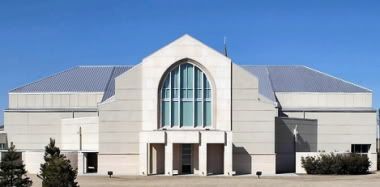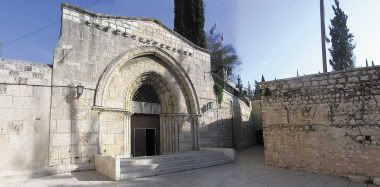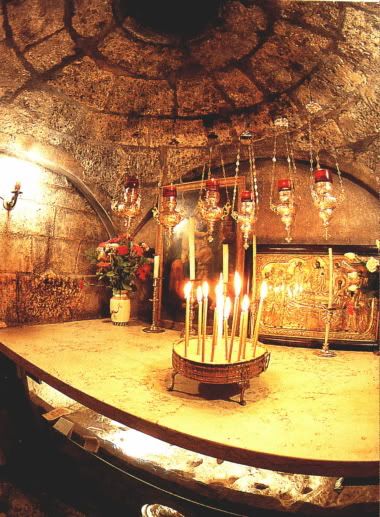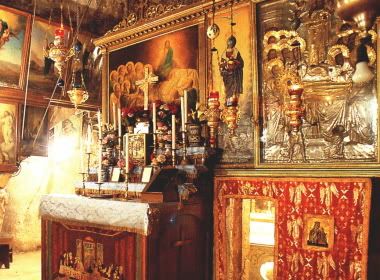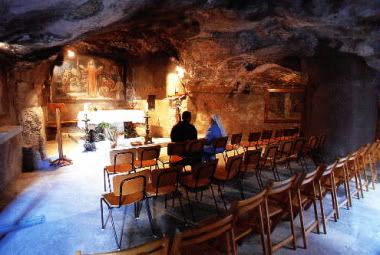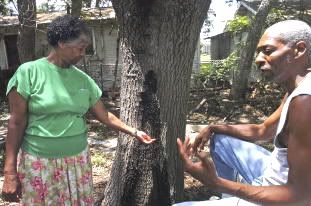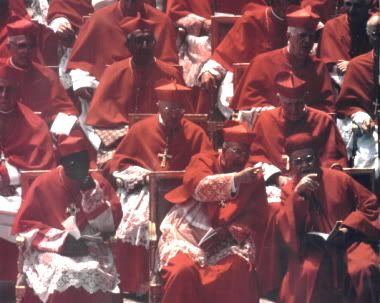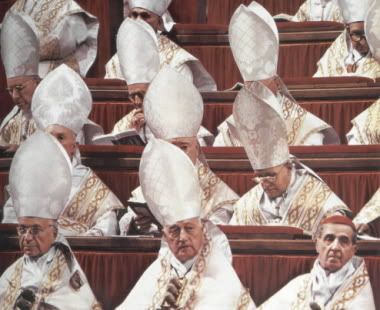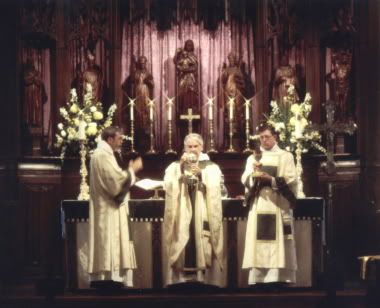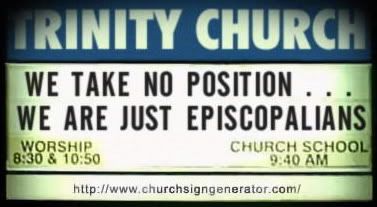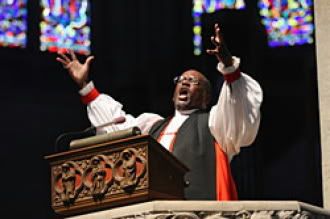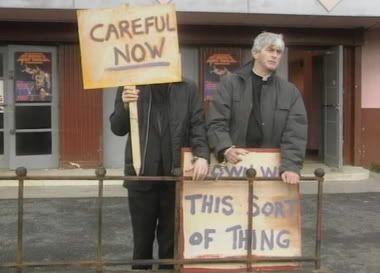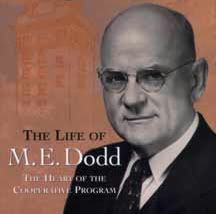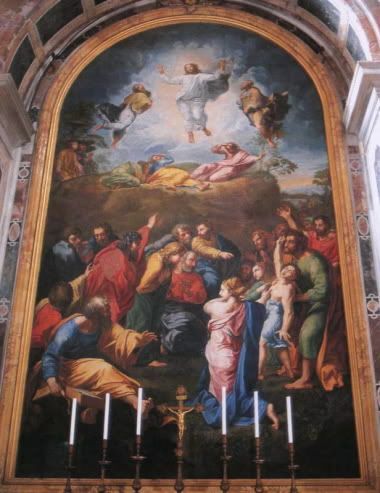
The transfiguration is a feast which originated in the Eastern Church, becoming widely observed by the end of the first millennium. From there it spread to the Western Church until it was universally established by Pope Callistus III to mark the deliverance from the Turks at Belgrade on August 6, 1456.
In the Eastern mystical tradition, the image of the transfiguration of Jesus upon the holy mountain is invoked by the phrase, “the light of Tabor.” Encountering the “light of Tabor” became synonymous with the deepest experience of God which completely transforms our being after “climbing the mountain”—after our spiritual pilgrimage.
Climbing the mountain is about intentionally drawing closer to God. Climbing the mountain means going out of your way to find God. Climbing the mountain means finding a sacred space to hear God. And yet how many people stop in the foothills, refusing Jesus’ request to go up any further.
Some people are afraid of what they may find at the top. Some people won’t venture onto the mountain because they have heard the might find God there. Some people are afraid to go onto the mountain because they don’t want to be different when they come back down.
For Peter, James, and John, it was a defining moment. Whether they were reluctant to go up or not, there they were. And what they saw was this: Jesus’ face began to shine like the sun. I’m sure these three apostles, with this unique experience, had a different way of seeing things than the rest of us. It occurred to me that perhaps that unique vision is evident in the scriptures.
Of course, St John often uses the language of God’s light to talk about Jesus. At the beginning of John’s gospel, we can see the insight he gain from the mountain. He wrote,
“The true light, which enlightens everyone, was coming into the world . . . And the Word became flesh and tabernacle among us. And we have seen his glory, glory as of the only Son of the Father, full of grace and truth” (Jn 1:9,14)
John wrote much more about the light of Christ and Christian believers. In his apocalypse, he explained that in the New Jerusalem, with beatific vision, Jesus’ disciples will also
“see his face,
and his name will be on their foreheads. And night will be no more. They will need no light of lamp or sun, for the Lord God will be their light, and they will reign for ever and ever” (Rev 22:4).
Perhaps we see the Transfiguration experience reflected in James’ letter also. While writing mostly about moral behavior, James makes an interesting theological reference at one point. He says,
“Every good and perfect gift comes from above, coming down from the Father of lights, with whom there is no variation or shadow due to change” (Jas 1:17). It is a cloudy verse in James, but perhaps not when illumined by the light of Tabor. James knows the faith because he has seen it--Jesus, God from God, Light from Light, true God from true God, begotten, not made, being of one substance with the Father. Like John, James saw the shining face of Christ, and he heard the voice--“this is my beloved Son, in whom I am well pleased.”
And what of Peter? Writing from a Roman prison near the end of his life, he speaks of us being called by Christ into his glory, about becoming partakers of the divine nature, and he writes about the brilliance of the gospel, shining as a lamp in a dark place. St. Peter wrote from experience when he noted in his second letter,
“We did not follow cleverly disguised myths when we made known to you the power and coming of our Lord Jesus Christ, but we were witnesses of his majesty. For when he received honor and glory from God the Father, and the voice was borne to him by the Majestic Glory, ‘This is my beloved Son, with whom I am well pleased,’ we ourselves heard this very voice from heaven, for we were with him on the holy mountain” (2 Pet 1:16-18).
The lives of Peter, James, and John were shaped and guided by the light they saw on Mount Tabor. And one other apostle’s life was changed by seeing that light. Saul of Tarsus was not headed up a mountain to pray, he was headed to Damascus to persecute the Church and kill Christians. And yet he was knocked off his horse along the way by the vision of the Transfigured Christ, speaking to him, saying, “Why are you persecuting me.” Saul was stuck blind by that light until he went to the Church to find healing.
Saul, whom we know as St Paul, spent the rest of his life trying to share with others the glory of that light he saw in Christ. Should we not labor to do the same? He knew personally the power of Christ’s light to change lives. He wrote in his second letter to the Church at Corinth about the transforming power of Christ’s light.
“Since we have such a hope, we should speak all the more boldly, not like Moses, who put a veil over his face that the Israelites might not look upon the outcome of that which has been completed . . . through Christ, the veil is taken away . . . And we all, with unveiled face, beholding the glory of the Lord, are being transfigured into the same image from one degree of glory to another” (2 Cor 3:12,14,18).








